Video Saved The Basketball Star
CalHiSports Insights March 21, 2014 SportStars 0
Motion analysis can help young athletes of all sports determine their risk of ACL tears, or their readiness to return to action.
Injury Prevention | Dr. Nirav Pandya
We are inundated on an almost daily basis in the media about professional and collegiate athletes who tear their anterior cruciate ligament (ACL). With social media giving instant access to athletes, the general public has become increasingly knowledgeable about the recovery process from what used to be a career-ending injury.
Yet, what is often overlooked in all of this media attention is the larger question of, “How can we prevent these injuries from occurring and/or re-occurring?”
Disease prevention (i.e. heart disease, diabetes, etc.) has become one of the main tenets in primary care medicine but we are just beginning to scratch the surface with our young athletes. One of the tools which can be utilized to answer this question is motion and gait analysis which can be performed in a sports performance lab. Not only can this help to prevent an athlete from every going under the knife but it can also give us a dynamic assessment of when an athlete is ready to return to play.
For example, one of the known risk factors for tearing your ACL, particularly in females, is landing with your knee pointed inwards (“knock knee” position). This risk factor can be hard to identify without having someone carefully record your dynamic motion during sporting activity. There is only so much a physician can do in an office visit to assess your risk of a tear and/or your readiness to return to full sport. These new techniques allow us to have hard criteria which can be viewed by the athlete and parent (giving instant visual feedback) to address the risk of injury.
Using specialized high-speed cameras, various athletic movements can be recorded for the purposes of injury screening and for determining if an athlete is ready to go back to playing sports after surgery (Return to Play Criteria). The video data can also be integrated with force plate data to analyze ground reaction forces, which helps to identify if an athlete is using correct body mechanics. The most common movements tested are the drop jump test, cutting (changing directions), lateral shuffle, triple-leg hop, and deceleration (stopping suddenly).
The video is then shared with the athlete and their parents to give them feedback about any deficiencies such as hip and pelvic stability, core stability, and using proper hip strategy. Additionally, we now have the technology to also gather muscle activity data (Electro Myography), using skin electrodes. The technology allows us to time-sync the electro-myography data with the exact movement the athlete performs a “dangerous” activity such as cutting. Often we find that the muscle needed to protect the ACL, is either not firing sufficiently or is not firing at the right time.
In the photo the athlete demonstrates good mechanics. The knee and hip are stable, and shoulders and hips are in line with each other. This athlete is creating sufficient angle at her hip to properly handle the impact and torque. She has a low risk profile for injury.
Upon analyzing the athlete, they are put through an individualized rigorous performance training program, geared towards breaking the “bad habits” and reinforcing good motor skills. This training includes predictable scenarios, as well as unpredictable scenarios, which are closer to the real-world situations. Prior to giving the athlete a “clean bill of health”, they are re-analyzed to ensure that they meet all the criteria, which will enable the athlete to play confidently and injury free in the future.
Physical therapist Neeraj Baheti also contributed to this column. Dr. Nirav K. Pandya is a pediatric orthopedic surgeon specializing in pediatric sports medicine at the Children’s Hospital in Oakland. He sees patients and operates in Oakland and our facility at Walnut Creek.
SportStars
SportStars Magazine: High School Sports Articles Online SportStars is your go-to source for the very best high school sports articles in California. Player and team profiles, game coverage, health and fitness tips and the largest Camps, Clinics & Combine resource for athletes. We're the story behind the stats.

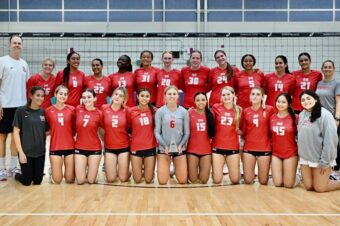
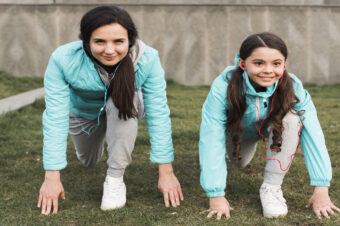

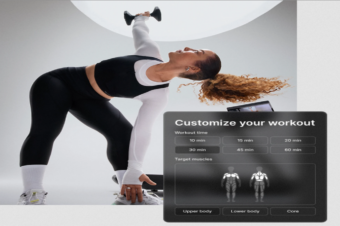
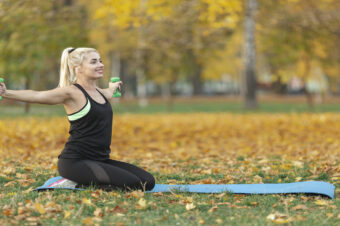
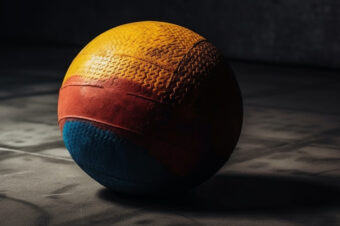
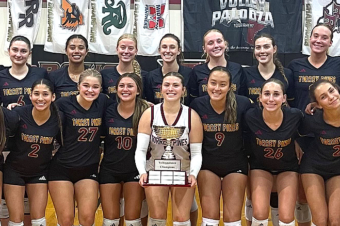
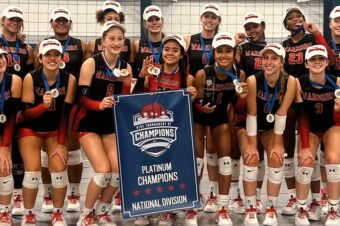
No comments so far.
Be first to leave comment below.